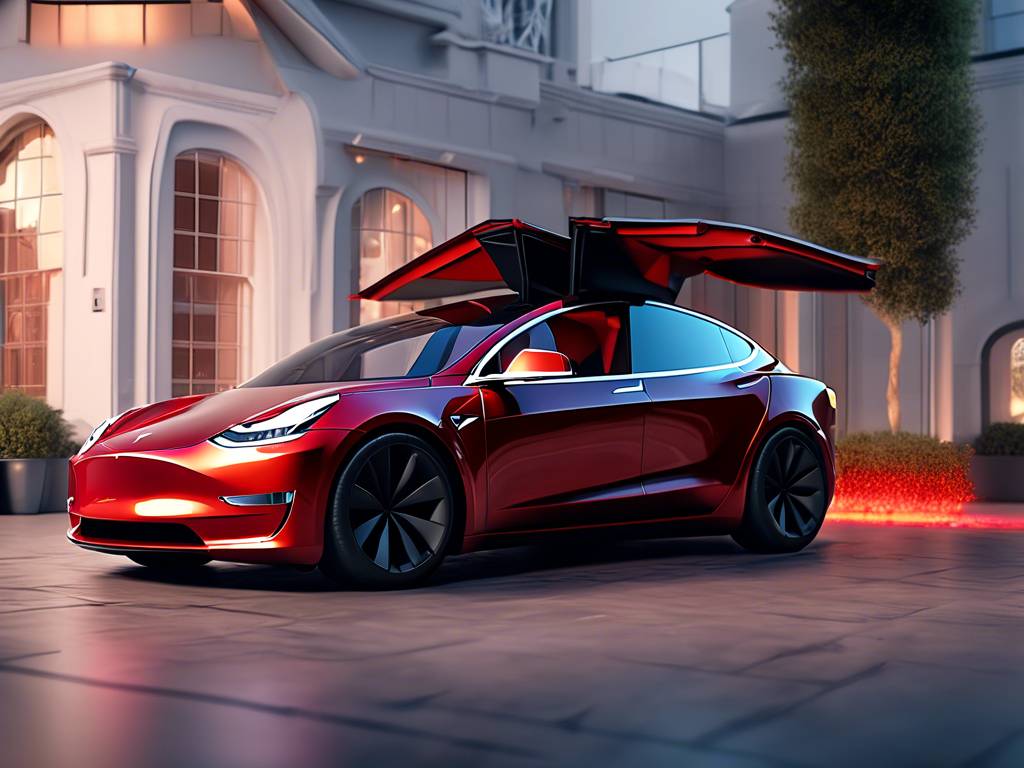The Decline in Tesla Deliveries and Its Impact on the Market
Tesla recorded a decrease in quarterly deliveries for the first time since 2020, which fell below Wall Street expectations. This performance resulted in a significant drop in Tesla’s shares, indicating a downturn in the electric vehicle maker’s sales. The company reported delivering around 387,000 vehicles in the first quarter of this year, reflecting an 8.5% decline from the previous year and a 20% drop from the preceding quarter.
Factors Contributing to the Decline in Deliveries
- Tesla attributed the decrease in deliveries to various factors, including:
- Preparation efforts at its Fremont, California Factory to increase production of the updated Model 3.
- Shutdowns at its Berlin plant due to the impact of the Red Sea conflict and an arson attack.
Competition and Reputation Challenges Faced by Tesla
- The company is facing intense competition in China from local players, such as BYD, which overtook Tesla as the largest EV maker in the last quarter.
- Elon Musk’s polarizing personality, including his political affiliations and controversial statements, may be turning away potential customers in the US, impacting Tesla’s reputation.
Market Response and Analyst Views
- Following the delivery decline, Tesla’s market capitalization suffered a significant blow, losing approximately $30 billion in value in a single day.
- Despite the negative results, some analysts, including Jean Munster of Deepwater Asset Management, believe in Tesla’s long-term prospects and are optimistic about the company’s future growth.
- Overall, while some analysts view Tesla’s results as concerning, there are contrasting opinions regarding the EV maker’s performance in the market.
Hot Take: Evaluating Tesla’s Future Outlook
Reflecting on Tesla’s recent delivery decline and its impact on the market, it’s crucial for investors and stakeholders to assess the company’s strategies for overcoming challenges and sustaining growth. With growing competition and reputation concerns, Tesla’s ability to navigate these obstacles will determine its trajectory in the electric vehicle industry.





 By
By

 By
By
 By
By
 By
By